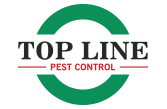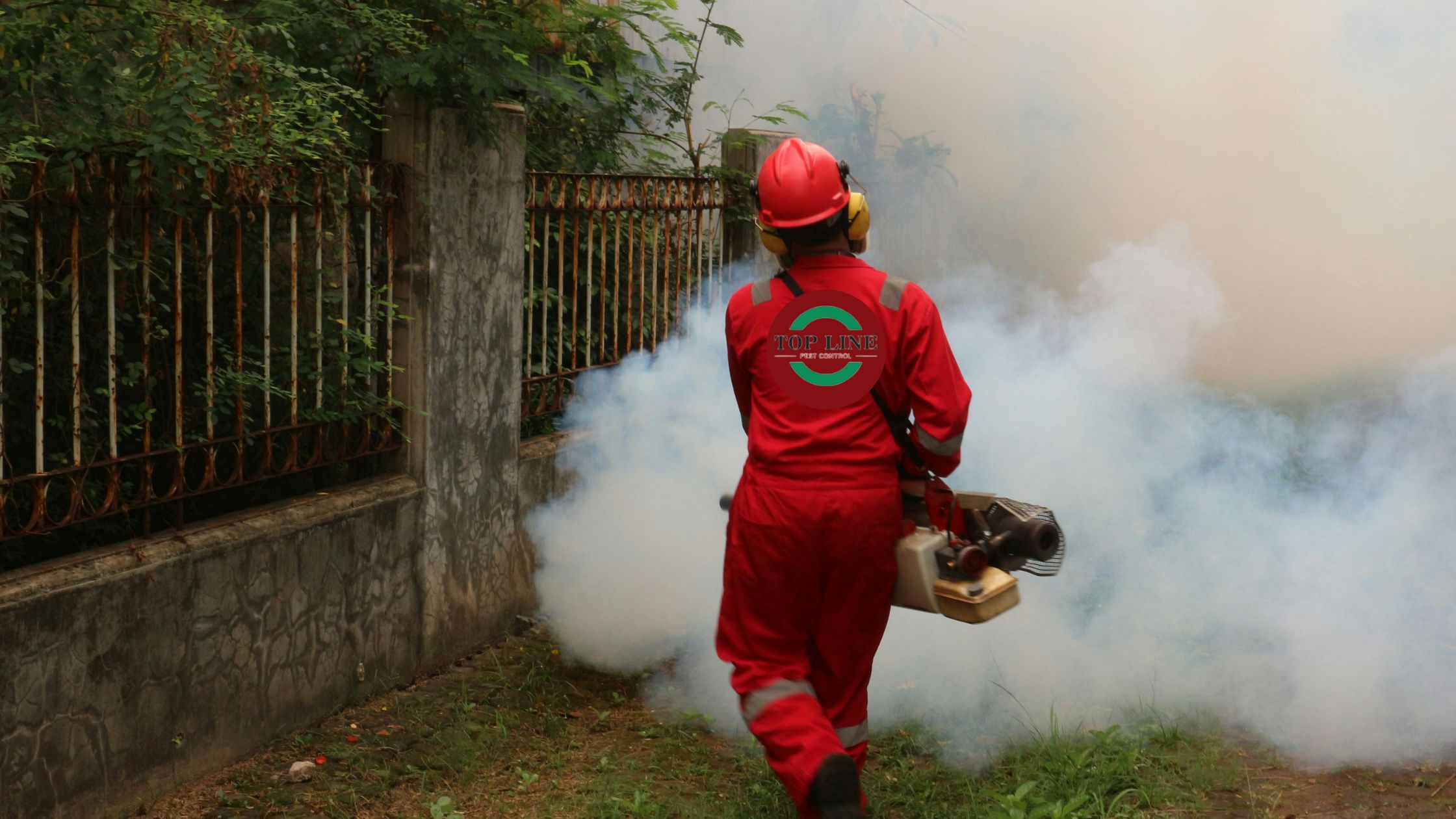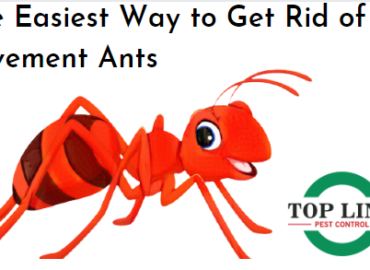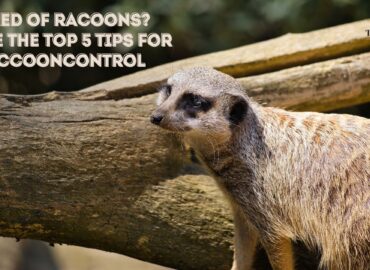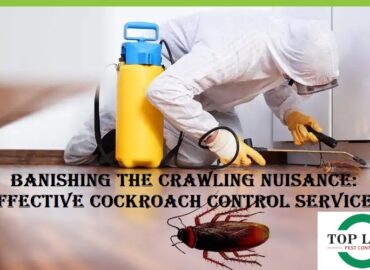Keeping up a safe and healthy living space requires careful pest management. In addition to being health hazards, uncontrolled household pests seriously harm property. An all-encompassing pest management plan is necessary for everything from common pests like cockroaches and ants to more harmful ones like rats and termites.
This blog post will examine effective pest control strategies and professional Port Coquitlam pest control services, among other methods. These tactics can help you successfully protect your family and your house from the risks associated with pest infestations.
Understanding the Importance of a Pest-Free Environment
A pest-free environment is crucial for maintaining good health, hygiene, and well-being. Pests such as rodents, cockroaches, ants, termites, mosquitoes, and flies are carriers of harmful bacteria and viruses, which can cause diseases like salmonella, malaria, and asthma. Additionally, pests can damage furniture, crops, insulation, and structures, leading to costly repairs.
Creating a pest-free environment is not only about eradicating pests when they invade but also about taking steps to prevent their entry and infestation. Effective pest management involves maintaining cleanliness, addressing environmental factors, using integrated control methods, and ensuring regular monitoring and follow-up.
Key Strategies for Achieving a Pest-Free Environment
1. Maintain Cleanliness and Hygiene
One of the most effective ways to prevent pests is by keeping your environment clean. Pests are attracted to food, water, and shelter, and reducing their access to these basic needs will discourage them from entering your space.
- Clean Regularly: Regularly clean floors, countertops, and other surfaces to remove food crumbs, spills, and grease. Pay special attention to areas such as kitchens, dining areas, and trash bins, which are likely to attract pests.
- Store Food Properly: Ensure that food is stored in sealed containers, including pet food. Do not leave food out overnight, as it provides a ready food source for pests.
- Trash Management: Empty trash bins frequently and use bins with tight-fitting lids to prevent pests from scavenging. Ensure that garbage is disposed of properly and not left outside for long periods.
- Control Water Sources: Cockroaches, ants, and rodents need water to survive. Fix leaky pipes, faucets, and drains to prevent moisture accumulation. Keep areas such as bathrooms, kitchens, and basements dry.
2. Seal Entry Points and Gaps
Pests often enter homes or buildings through small cracks, gaps, and openings. Sealing these entry points can significantly reduce the chances of an infestation.
- Inspect the Perimeter: Check the exterior of your home or building for any cracks in walls, windows, doors, and the foundation. Pay attention to areas around utility lines, pipes, and vents where pests might find access.
- Seal Gaps: Use caulk or weatherstripping to seal cracks around windows and doors. Install door sweeps to block gaps at the bottom of doors, and make sure screens are in good condition to prevent insects from entering.
- Install Mesh Screens: Ensure that vents, chimneys, and other openings are covered with fine mesh screens to prevent pests like rodents and insects from entering the building.
3. Use Integrated Pest Management (IPM)
Integrated Pest Management (IPM) is an eco-friendly approach that combines multiple pest control methods to manage pest populations effectively. IPM emphasizes prevention, monitoring, and the strategic use of chemical and non-chemical methods to keep pests under control.
The key components of IPM include:
- Prevention: Focus on removing the factors that attract pests to your environment, such as food sources, water, and shelter. This is the most important and sustainable aspect of pest management.
- Monitoring: Regularly inspect and monitor your environment for signs of pest activity. Use traps, sensors, or visual inspections to identify the presence of pests early on.
- Control Methods: Use a combination of biological, physical, cultural, and chemical control methods as needed:
- Biological Control: Use natural predators, such as ladybugs for aphids or nematodes for soil-borne pests, to control pest populations.
- Physical Control: Implement barriers, such as nets or screens, to physically block pests from entering certain areas. You can also use traps to capture pests.
- Cultural Control: Adjust your environment to make it less attractive to pests. For example, practicing crop rotation in agriculture or changing your cleaning habits in homes and offices.
- Chemical Control: If necessary, use pesticides as a last resort. Choose products that are specifically designed for the pest you’re targeting and follow instructions carefully to avoid harming the environment.
4. Regular Inspection and Monitoring
Regular inspection is critical for early detection of pest problems. By identifying pest issues early, you can prevent them from growing into large infestations that are harder to manage.
- Routine Inspections: Check areas that are common hiding places for pests, such as basements, attics, kitchens, and bathrooms. Look for droppings, egg cases, or physical damage caused by pests.
- Use Traps and Detectors: Place traps and detectors in strategic areas to capture pests and monitor activity. This helps you identify which pests are present and the severity of the infestation.
- Professional Pest Control: If you notice signs of pests that you cannot manage on your own, consider consulting a professional pest control service. They can perform more thorough inspections and offer targeted treatments.
5. Control Landscaping and Outdoor Areas
The outside environment of your home or property plays a significant role in pest control. Pests often thrive in outdoor areas with overgrown vegetation, standing water, or improperly stored debris.
- Maintain Your Yard: Trim trees and shrubs to prevent them from touching the exterior of your home, as this can create pathways for pests to enter. Keep the grass mowed and remove any piles of leaves or debris where pests may seek shelter.
- Remove Standing Water: Pests such as mosquitoes breed in stagnant water. Ensure that there are no puddles, clogged gutters, or water-holding containers around your home. Repair leaky outdoor faucets to eliminate water sources for pests.
- Proper Waste Disposal: Store trash bins away from the home, preferably in sealed containers. Keep compost bins and other waste areas clean and secure to prevent attracting rodents and insects.
6. Use Natural and Eco-Friendly Solutions
If you prefer to avoid chemicals, there are several natural pest control solutions that can be effective in maintaining a pest-free environment.
- Essential Oils: Many essential oils, such as peppermint, citronella, and eucalyptus, have pest-repellent properties. Use essential oils in diffusers or spray diluted mixtures around your home to deter insects like mosquitoes and ants.
- Diatomaceous Earth: This natural powder can be sprinkled around the home and in areas where pests are active. It is harmless to humans and pets but is deadly to insects as it damages their exoskeletons and causes dehydration.
- Vinegar and Baking Soda: A mixture of vinegar and baking soda can be used to clean surfaces and repel pests, especially ants and cockroaches. It also acts as a natural disinfectant.
Conclusion
To keep your home free of pests, you need to be strategic and use a mix of home remedies, preventative measures, and professional services. Good hygiene, sealing off easy-to-enter areas, and regular checks are all things that can keep pests away and keep your home safe.
If you are looking for the best Port Coquitlam pest control services, then talk to Top Line Pest Control, which helps get rid of all pests. Top Line’s pest control experts care about making customers happy and getting rid of pests effectively – you can expect your home to be pest-free in no time.
